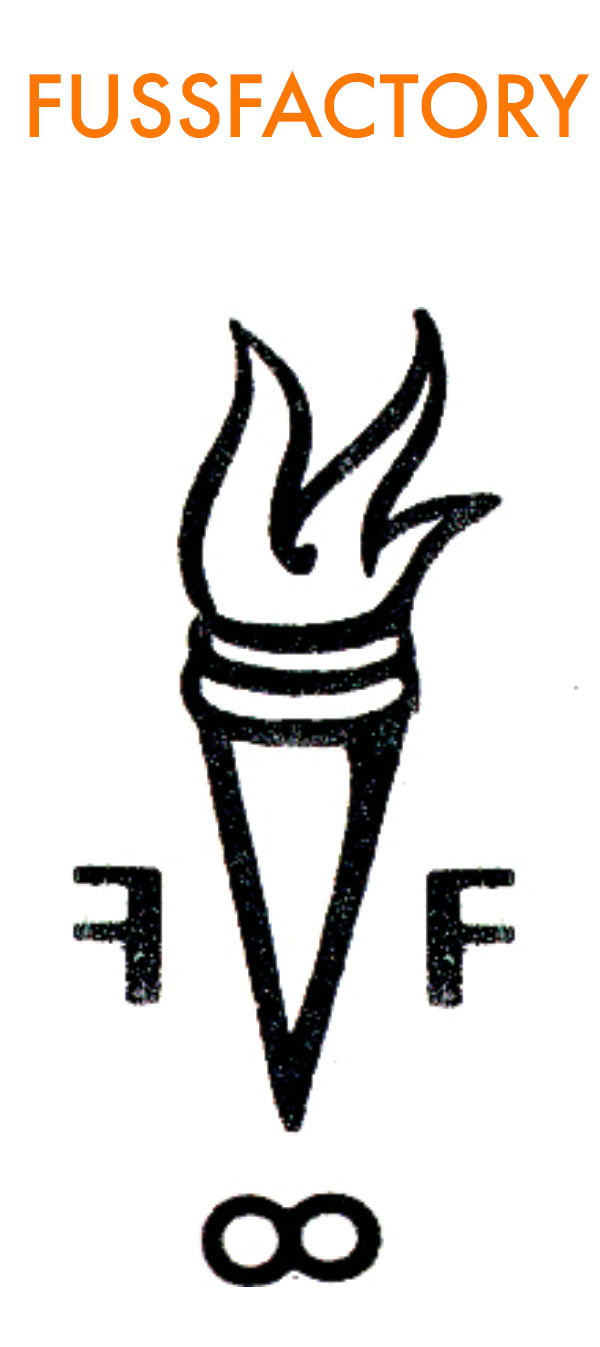#sparkchamber 062623 — Stephanie Lummis
A quote that resonates and accurately frames today’s #sparkchamber comes from theoretical physicist Albert Einstein: If I had an hour to solve a problem and my life depended on the solution, I would spend the first 55 minutes determining the proper question to ask, for once I know the proper question, I could solve the problem in less than five minutes. With that foundation, we welcome user experience advocate Stephanie Lummis.
User experience [UX] is the overall experience a person has in using a company’s website and/or apps. Part of UX is user interface [UI] which refers to points of human-to-device interaction via screens, buttons, toggles, icons, and other visual elements. But it’s crucial that all that dazzle be grounded in serving the user. UX design requires a deep understanding of users, what they need, what they value, their abilities — and also their limitations — through a filter of the company’s business goals and objectives.
Stephanie is a seasoned UX strategist, practitioner, and trainer with 25+ years in web, having been the UX Lead on over 100 digital projects. “I help organizations create websites and apps that align with how their customers want to do business with them, so they are free from roadblocks and promote the start of a relationship.”
Stephanie started working in web in 1995. As part of her role at an Internet service provider, she sat in a mall giving demos of the world wide web — still in its infancy at the time. With a degree in HR, Stephanie was drawn to the human-behavior aspect of her job. “It was fascinating to see how people explored it and learned how to use it. I didn’t even know UX was a thing — the term certainly wasn’t used like it is now — but that was the start of me watching and learning how people behave online, and their motivations and expectations.”
In addition to working directly on clients’ UX, Stephanie also offers customized trainings to give in-house marketing teams the digital skills needed to improve the experiences of their companies’ web- and app-based offerings, and get a roadmap to keep them performing well.
“My inspiration and motivation now are the users, the people who use the stuff we build. Someone needs to advocate for them because most websites are ego-driven and more sizzle than steak. They are built to make a company look great, but not help their customers. So I have no shortage of crappy website examples to motivate me.”
1.] Where do ideas come from?
Conversations with clients and prospects, awful website experiences that I come across, awful physical experiences that have poor usability, and friends and family often share their bad user experiences
2.] What is the itch you are scratching?
I’m motivated by the poor experiences I see people go through. To stand up and say, your product or your services is not usable, not accessible, difficult to understand, etc., and help them create something useful and usable [and profitable]
3.] Early bird or night owl? Tortoise or hare?
I’m a freelancer but I work a fairly regular 7:30 – 4ish day. I am definitely more productive in the morning and try to keep mornings meeting-free. I’m also a planner. I’ve used a bullet journal for the last four years and I plan my Monday-to-Friday every Sunday morning. I know what needs to get done and I also build in some flexibility. Everything goes in my calendar so time is blocked to work on it. I write every morning at 7:30 for an hour. If I didn’t, it would never get done. So in that regard, more tortoise than hare. Progress is progress, even if it’s baby steps. If I’m stuck, I ask myself what is the one next thing I can do to move this forward.
4.] How do you know when you are done?
I’m not sure ... I’m not a perfectionist, and I am constantly reminding clients that their websites are never done. Even my client deliverables have a caveat that it’s a work in progress, or a working doc that will evolve over the course of the project. Nothing is set in stone. So, it’s done when it feels complete and accurate. And it can always be changed. I have a colleague that uses the phrase “to hold things loosely” and that resonates.


